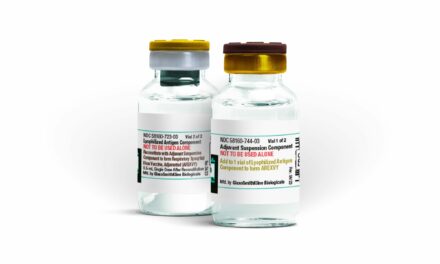The US Food and Drug Administration (FDA) has accepted Boehringer Ingelheim’s supplemental New Drug Application for ofev (nintedanib), investigating a potential treatment for children and adolescents between 6 to 17 years old with fibrosing interstitial lung disease.
“With a long and complicated journey to diagnosis and no approved therapies, childhood interstitial lung diseases can place a significant burden on patients and their families,” says Robin Deterding, MD, director of the Breathing Institute at Children’s Hospital Colorado, in a release. “If approved, ofev would be the first and only approved treatment for children and adolescents aged 6 to 17 years old with fibrosing interstitial lung disease, representing an important step forward for these patients.”
The sNDA is based on results from the InPedILD phase III trial, which evaluated dose exposure and safety of ofev on top of standard of care in children and adolescents aged 6 to 17 years old with clinically significant fibrosing interstitial lung disease. In children and adolescents with fibrosing interstitial lung disease, a weight-based dosing regimen resulted in exposure of nintedanib similar to adults and with a similar safety profile.
The most common adverse event associated with nintedanib compared to placebo in the InPedILD trial was diarrhea. The complete results were published in the European Respiratory Journal and presented at the European Respiratory Society International Congress in September 2022.
“We remain committed to building on our heritage in respiratory innovation with an aim to provide life-changing treatments for patients living with pulmonary fibrosis, including those living with childhood interstitial lung disease,” says Craig Conoscenti, MD, FCCP, ATSF, executive director/therapeutic area head of respiratory IPF/interstitial lung disease, clinical development and medical affairs at Boehringer Ingelheim, in a release. “We are pleased that the FDA recognizes the unmet need for this patient population, and we look forward to working with the FDA to potentially bring forward the first approved option as quickly as possible.”










